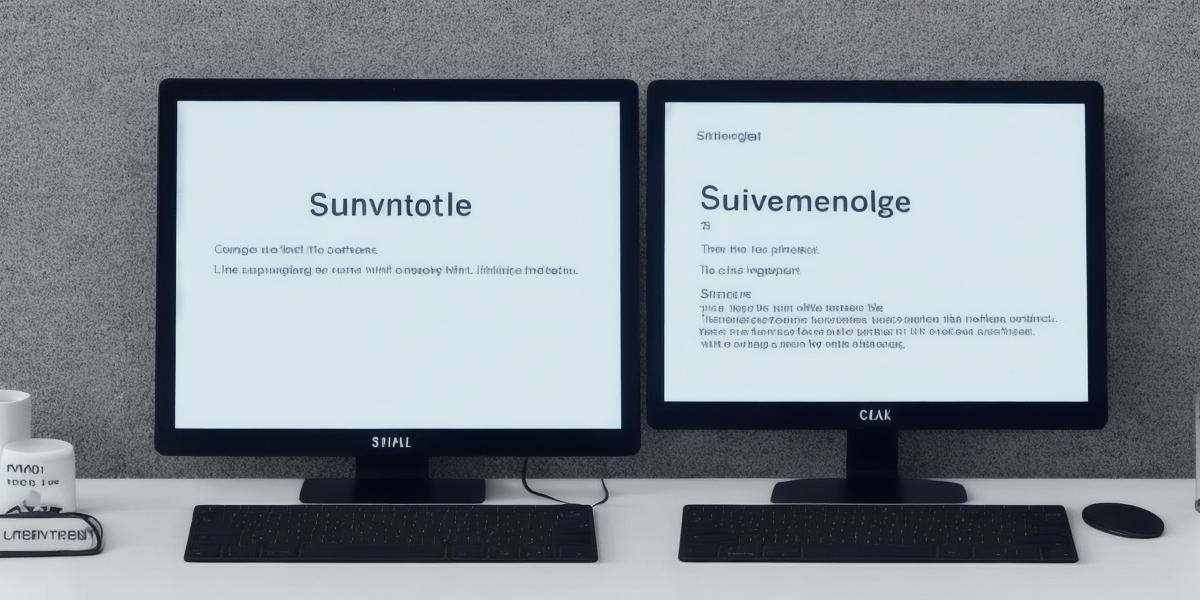5 Top Technologies That Convert Text-to-Speech

Are you looking for a way to bring your content to life? Look no further than these top technologies that convert text-to-speech. From improving accessibility to enhancing user engagement, these tools can help you take your content to the next level.
1. Google Text-to-Speech API
Google’s Text-to-Speech API is one of the most popular and widely used technologies on the market. It allows developers to easily convert text into speech using a variety of voices and languages. With this tool, you can improve accessibility for users with visual impairments, as well as create engaging audio content for your website or app.
2. Amazon Polly
Amazon’s Polly is another top-rated Text-to-Speech API that offers a range of voices and languages. It also allows you to customize the speech rate and pitch to suit your needs. With this tool, you can enhance user engagement by providing personalized audio experiences for your customers.
3. Microsoft Azure Text-to-Speech
Microsoft’s Azure Text-to-Speech API is a powerful tool that offers a range of features to help developers create engaging audio content. It includes support for multiple languages, as well as the ability to customize the speech rate and pitch. With this tool, you can improve accessibility for users with visual impairments, as well as create engaging audio content for your website or app.
4. IBM Watson Text-to-Speech
IBM’s Watson Text-to-Speech API is a cutting-edge technology that offers a range of features to help developers create engaging audio content. It includes support for multiple languages, as well as the ability to customize the speech rate and pitch. With this tool, you can improve accessibility for users with visual impairments, as well as create personalized audio experiences for your customers.
- NaturalReader
NaturalReader is a popular software application that converts text into speech using advanced natural language processing algorithms. It offers a range of features to help users read and comprehend written content, making it an excellent tool for improving accessibility for users with visual impairments or dyslexia. With this tool, you can also create engaging audio content for your website or app by converting your written content into speech.
In conclusion, these top technologies can help you bring your content to life and improve user engagement. Whether you’re looking to enhance accessibility for users with visual impairments or create personalized audio experiences for your customers, these tools have something to offer.








